Lantana plants are tough. They can grow in dry, hot spots and need minimal care. That’s why you’ll see lantana bushes happily thriving along sidewalks and public grounds. So, it might just be the solution for the bare spots in your garden where nothing seems to grow.
These plants produce stunning clusters of small flowers in shades of pink, yellow, lavender, red, and orange. They give out a strong, citrusy smell and are quite soft to the touch. The leaves, on the other hand, have a sandpaper-like coarse texture.
They aren’t typically grown as houseplants because they need lots of sun to thrive. But you can grow them in pots around your deck or patio.
Let’s look at how to grow this beautiful plant in pots and garden beds.
Image source: Leiada Krozjhen
Lantana Quick Facts
Scientific Name: Lantana camara
Native Range: Central and South America
Plant Type: Short-lived perennials
Bloom Time: Spring to fall
Mature Size: A lantana bush can grow up to 1–3 feet, depending on the variety
Sunlight: Needs full exposure
Soil: Neutral pH
USDA Hardiness Zones: 7–11
Toxicity: Toxic to pets
Where, When, and How to Plant Lantana
Lantanas love the sun! Choose a sunny spot that receives at least six hours of direct sunlight daily. Since the lantana bushes spread rapidly, you can also plant them as a hedge along your garden’s boundary. Please note that they are considered an invasive species. So, you’ll need to regularly prune and inspect your garden as a part of regular lawn care to control its growth.
Lantanas are perennial plants that can that can grow up to 1–3 feet. In warmer climates, they can grow even taller.
The best time to plant lantanas is early spring, just after the frost has passed. This will give them a head start to establish strong roots before the heat of summer. If you live in a warmer climate, you can also plant them in the fall.
To plant lantanas directly in the garden bed, follow these steps:
1. Dig a hole slightly bigger than the planting container.
2. Gently remove the lantana from its container and loosen the roots a bit from the root ball.
3. Place the plant in the hole and backfill with soil thoroughly.
4. Maintain a spacing of 18 to 24 inches between each plant to allow for proper air circulation.
Lantanas don’t need much water in the spring, so water them sparingly. Its flowers will start to bloom once the weather turns hot. During this time, the plant will need more water.
You can also apply a layer of mulch around the plants to conserve moisture, suppress weeds, and regulate soil temperature. This extra layer of protection will go a long way in keeping your plants healthy.
Note: Lantanas are toxic to pets. Ensure you don’t let them wander into the garden or flowerbeds.
Growing Lantana in Pots
If your garden is small, you can grow them in flower pots to save space. Choose a well-draining container with drainage holes to prevent waterlogging. Add perlite or coarse sand to your soil mix to enhance drainage.
A pot that’s 12 to 18 inches in diameter works well for most lantana varieties. Place your flowerpots in a location that receives plenty of sunlight.
When it comes to watering, container plants need more moisture than the ones planted in garden beds. Water frequently during the hot weather, but make sure the soil doesn’t become soggy.
Image source: jardin_de_angelitos
Lantana Care Tips
Lantanas are forgiving plants that can tolerate hardy conditions. But with a little TLC, they will reward you with vibrant blooms that flower from spring to fall. Follow these care tips to ensure your lantanas thrive.
Soil, Water, and Light Requirements
Lantana plants appreciate well-drained soil. Ensure your garden bed or container has soil that doesn’t hold onto water. This is essential to prevent root rot. If your soil tends to retain moisture, add in some sand or perlite to boost the drainage. The same goes for potted lantanas.
These plants are sun worshippers. Plant them in a spot that basks in sunlight for at least six hours a day. More sun equals more blooms. It’s that simple! If you have potted latanas on your patio, then consider moving them to a sunny spot for a few hours a day.
When it comes to watering lantana, less is more. Overwatering lantana is a sin, so it’s better to err on the side of under-watering. While lantanas are tough cookies, they do need to maintain moisture. Water only when you see the top inch of soil drying out.
Image source: djSheSay
Fertilization for Thriving Blooms
A balanced, water-soluble fertilizer can do wonders for their blooming prowess. Don’t overdo the fertilizer, though. Too much can result in excessive foliage at the expense of the stunning blooms. Apply fertilizer every six weeks during the growing season. Remember, moderation is the key.
How to Keep Lantanas Blooming
Lantana can bloom year-round in warm climates that have temperatures above 55 F. Each flower cluster blooms for several weeks, then falls off. Deadhead old flowers to encourage more blooming.
If you live in colder climates, you may only be able to enjoy the lantana flowers for a few months. Feed them half-strength phosphorus-enriched fertilizer during the growing season to encourage blooming. Also, water the soil every week in the summer.
Image source: Riddhi Ranjan
Overwintering
Overwintering lantana is crucial in regions where winter temperatures drop significantly. Lantanas usually bloom as perennials in tropical climates but as annuals in colder areas.
If you want to protect your lantana plant through the winter, follow these tips:
1. Prune them in late fall, before the first snow.
2. Prune them back to one-third of their height to reduce wind resistance.
3. If your region experiences extremely cold temperatures, consider covering the plant during the cold spell. This extra layer will give it insulation.
Additionally, you can apply a thick layer of mulch around the base of lantanas to insulate the soil.
To overwinter lantana in containers, move them indoors in a sunny location and reduce watering during the winter months.
Image source: jogarden_depok
Pruning Lantanas
The best time to prune lantanas is early spring before new growth kicks in. Pruning helps the plants redirect their energy towards growing new blooms and branches. This sets the stage for a season bursting with fresh flowers.
To prune your lantana plants, use sharp pruning shears. Trim back straggly branches to give your plant a neat shape. If your lantanas are getting too cozy with their neighboring plants, then they may need a bigger trim. Pruning back excessive growth will keep your garden looking well-balanced. You may also need to inspect for stray lantanas growing outside their designated spots. They are known for spreading quickly, so you’ll need to weed them out frequently.
Potted lantanas need regular trimming, too. Cut back dead or leggy branches to maintain their shape. Lantanas are resilient, so don’t be shy with those pruning shears.
Deadheading
Snip off spent flowers regularly to stimulate continuous blooming. This simple technique will keep your lantanas looking fresh and vibrant.
Image source: dsueiras
How to Propagate Lantana
Lantanas can be propagated through various methods:
Division Method
This method is useful for propagating hybrid varieties. This should be done during early summer when the lantana plant is in its growth phase. Clip 4–6 inch cuttings from the tips of healthy, non-flowering stems. Remove the lower leaves and dip the cut end in a rooting hormone. This will help establish roots quickly.
Plant the stems in a small container with a well-draining potting mix. Cover it lightly with a plastic bag to create a greenhouse effect. Once you see new growth on the cutting, remove the plastic and place the pot near a window that receives plenty of sunlight. Transplant the saplings to the garden bed or a bigger pot in 8–10 weeks.
Propagation Through Seeds
Lantana seeds are readily available commercially. To collect seeds from your existing plants, you can harvest the ripe lantana berries to find seed pods inside. Pop the seeds out from the pod, then rinse and dry them. You can store the seeds in a sealed container and wait till spring to plant them.
To plant seeds, first, soak them in warm water overnight to prepare for germination. Plant them in a seed tray filled with a seed-starting mixture, and cover the tray with a plastic bag. Keep the tray outside in indirect sunlight, and spray water on the soil from time to time to keep it moist. You will start seeing stems in about a month. This is a slow method but allows for genetic diversity and experimentation with different varieties.
Image source: Vijayanrajapuram, CC BY-SA 4.0 DEED
Pests and Common Problems
Lanata are mostly resilient to pests. But watch out for common insects such as lace bugs, beetles, and caterpillars that eat lantana leaves and damage the plant. Use a neem spray to keep these pests away.
If you live in an area that receives a lot of rainfall, your lantana may develop powdery mildew or root rot due to excessive moisture. To overcome this, grow lantana in container pots that can be moved to the patio to protect from rain. Prune away the affected stems and spray a solution of 1 part neem oil and 1 part water. It acts as a natural fungicide. Apply the solution once every week.
Another common problem of lantana is yellowing leaves, which may be a sign of nutrient deficiency or water stress. You may need to adjust watering and fertilization to address the issue.
Image source: Cindy Bissig
Different Varieties and Cultivars
Purple Trailing Lantana (Lantana montevidensis)
Lantana montevidensis is a wild species that produces flowers in shades of purple, lavender, and blue. The plant has a trailing habit. It quickly spreads along the ground or cascades over walls.
Image source: dr.falke
Popcorn Lantana (Lantana trifolia)
This variety is renowned for its attractive clusters of small flowers that resemble popcorn. The flowers appear in hues of white, yellow, and cream.
Image source: RDNE Stock project
Wild Lantana (Lantana urticoides)
Wild lantana, also known as Texas lantana, is a common shrub in Mexico and the U.S. states of Texas, Mississippi, and Louisiana. It can grow up to 3–5 feet and produces flowers in shades of pink, lavender, and white.
Image source: cyndbee
Common Lantana (Lantana camara)
This is the most common variety of lantana. It has a bushy growth habit, making it useful for landscaping. It produces clusters of small, tubular flowers in a variety of multicolor combinations.
Image source: Abrarul Haque
These are some common lantana cultivars:
• Lantana camara ‘Miss Huff’ produces multi-colored flowers in shades of orange, pink, and yellow. It’s known for high heat tolerance.
• Lantana camara ‘New Gold’ produces vibrant golden-yellow flowers.
• Lantana camara ‘Confetti’ offers a mix of pink, yellow, and orange flowers in each cluster.
• Lantana camara ‘Dallas Red’ produces deep red flower clusters.
• Lantana camara ‘Chapel Hill Yellow’ has bright yellow flowers. This is a compact variety, suitable for growing in containers.
• Lantana camara ‘Citrus Blend’ has a mix of orange, pink, and yellow flowers.
• Lantana camara ‘Radiation’ features intense orange-red flower clusters.
Image source: Vg Bingi
Companion Plants
Pair your lantana with these vibrant flowering plants.
Verbena
Image source: Timo C. Dinger
Marigold (Tagetes)
Image source: GM Rajib
Tickseed (Coreopsis)
Image source: Pramod Tiwari
Coneflower (Echinacea)
Image source: Julie Blake Edison
Butterfly Bush (Buddleja lamiales)
Image source: Stephan H.
Zinnia
Image source: Joshua J. Cotten
Bloom Gorgeous Lantana
So there you have it, a comprehensive guide where we covered everything you need to know, from blooming to caring for lantana. And trust us, these wondrous beauties will make your garden look picturesque.
You can also check out our guides for other garden marvels like hollyhocks, aster, begonia, and delphinium. Elevate your garden with these easy-to-grow blooms today!
Lantana FAQs
Is Lantana Poisonous to Humans?
Yes, lantana plants are considered toxic to humans and animals. Ingestion can cause nausea, vomiting, and abdominal pain. Keep pets and small children away from the plant.
What Are the Benefits of Lantana?
Lantana has a great ornamental value. It produces multi-colored flowers that will make your garden look more aesthetic. The bright blooms also attract butterflies, bees, and other pollinators.
Do Lantanas Come Back Every Year?
Most lantana varieties are perennial and can come back year after year. In colder climates, however, lantanas are usually annuals.
Does Lantana Like Sun or Shade?
Lantana prefers full sun to thrive and produce abundant flowers. In shaded conditions, they may become leggy and have fewer flowers and foliage.
Why Is Lantana a Problem?
Lantana is considered invasive as it tends to spread rapidly and outcompete other vegetation, which can disrupt the ecosystem. If you are growing lantanas, then you will need to inspect for overgrowth regularly.
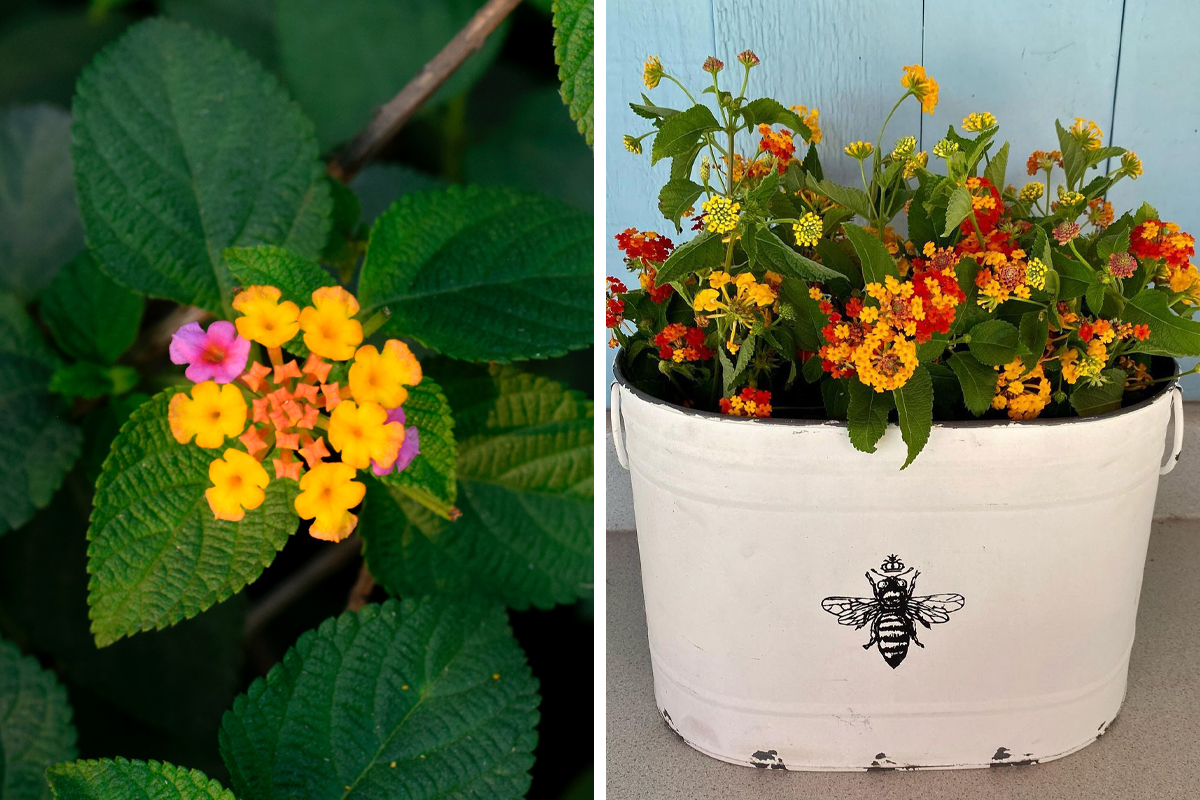
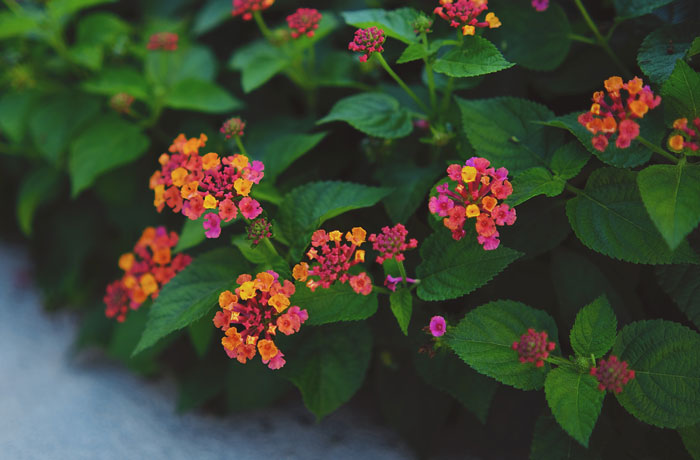
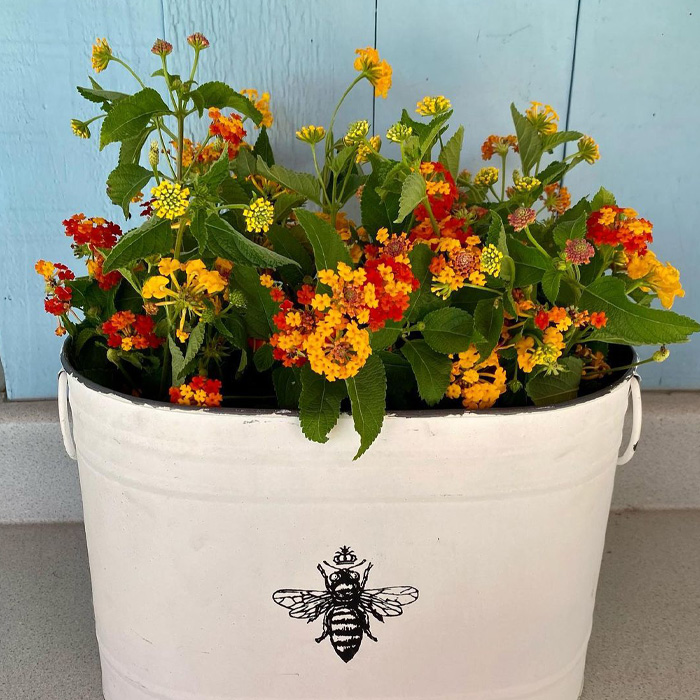
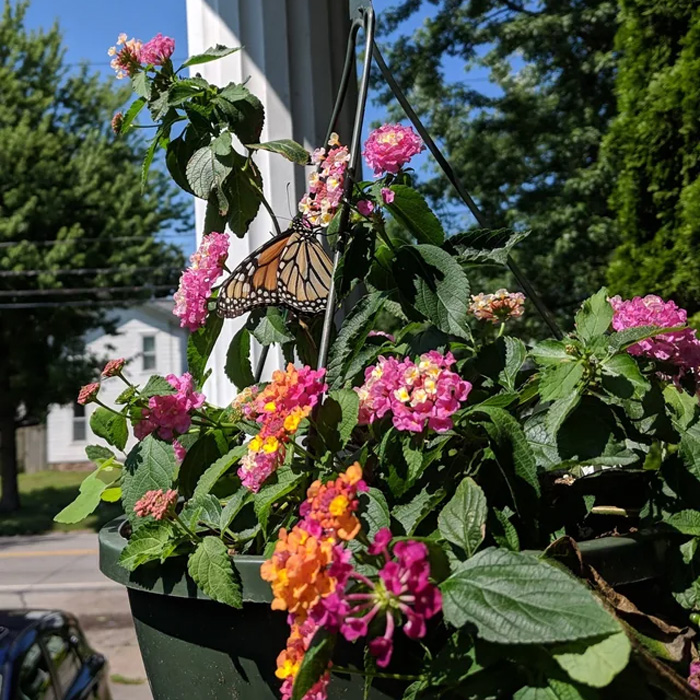
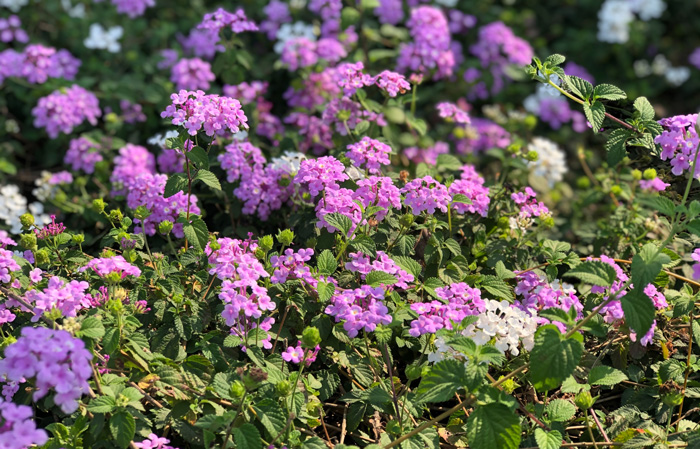
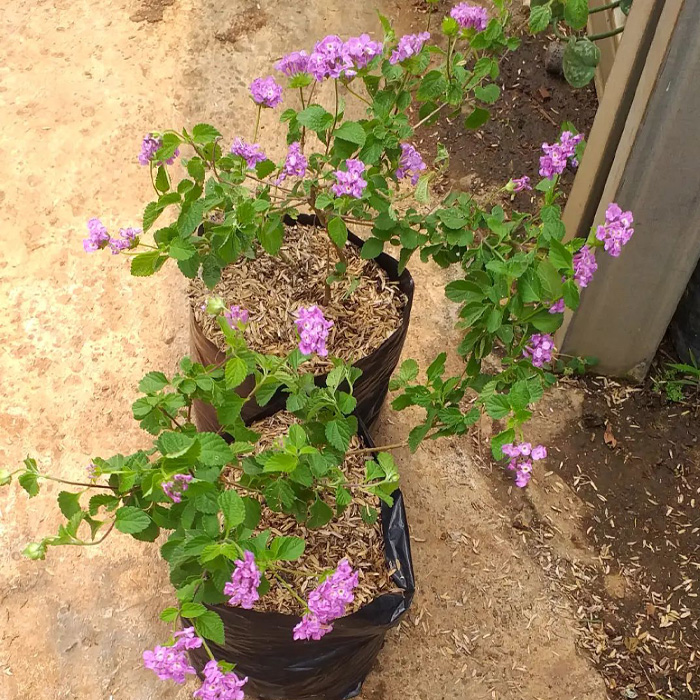
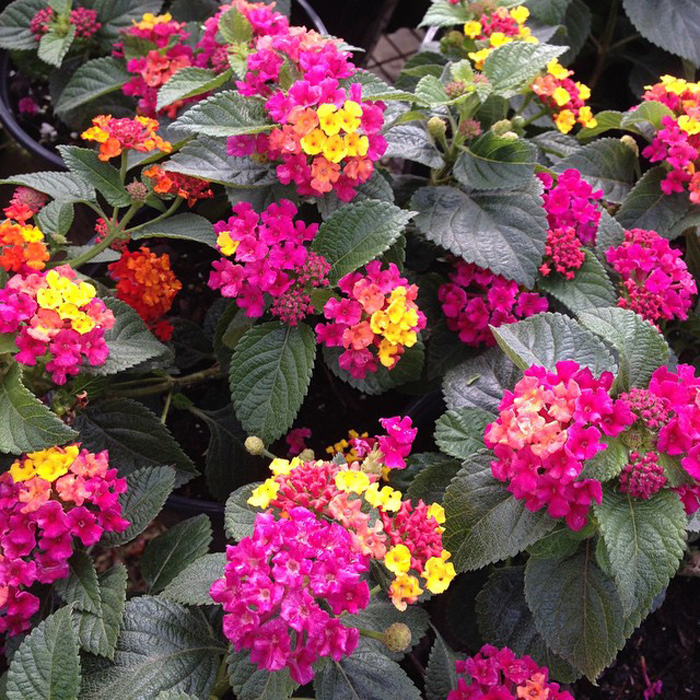
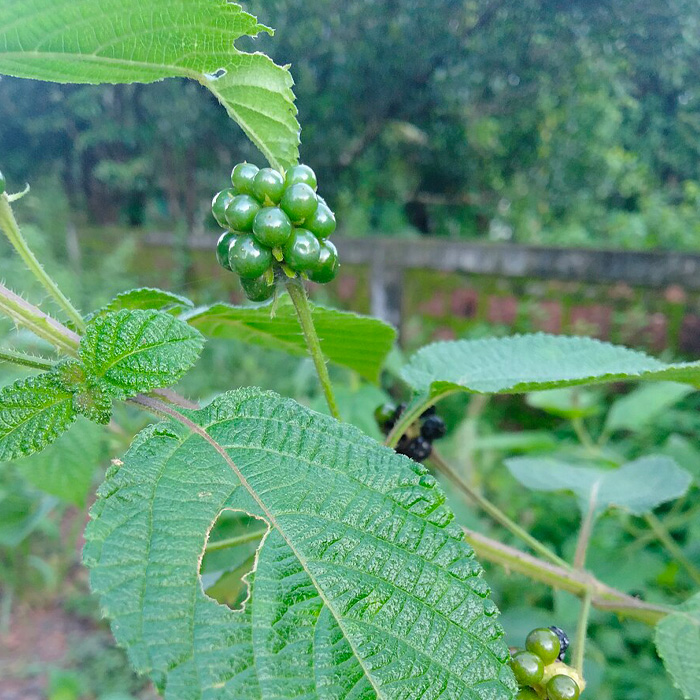
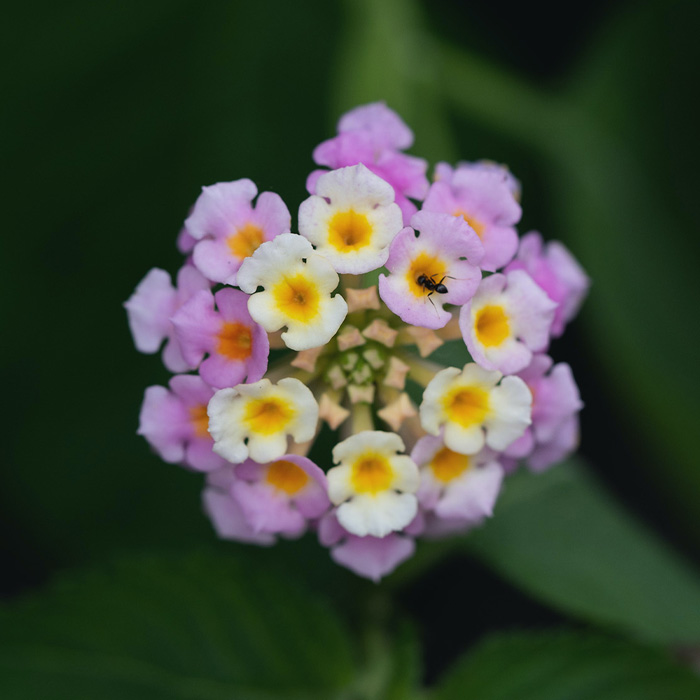
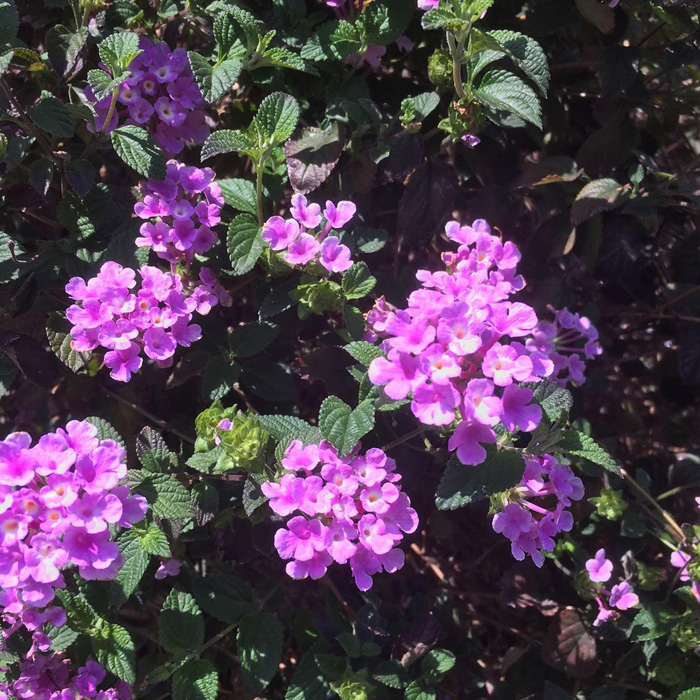
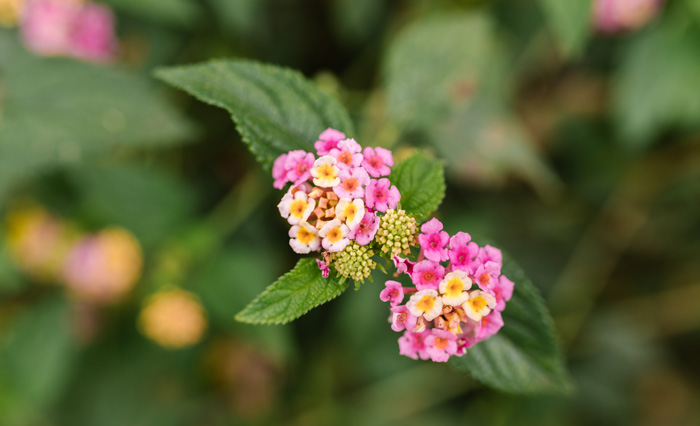
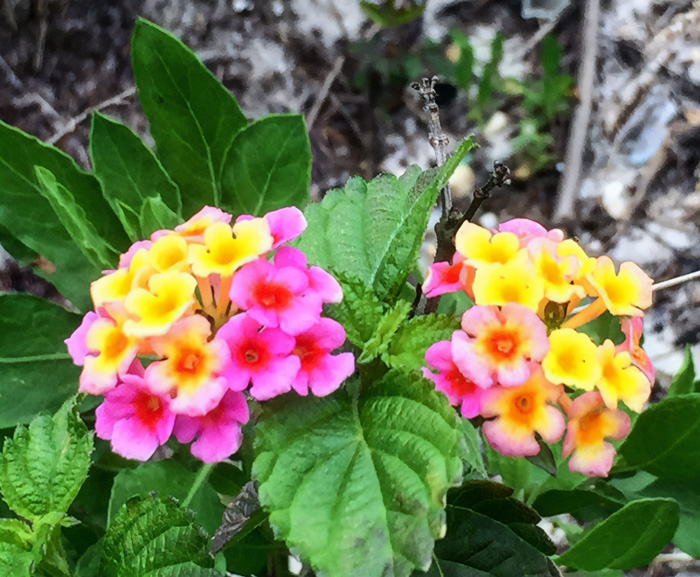
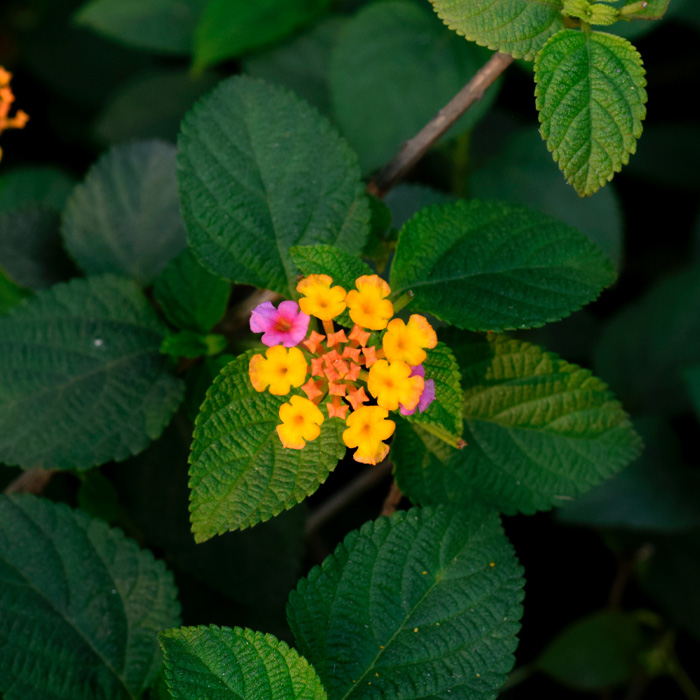
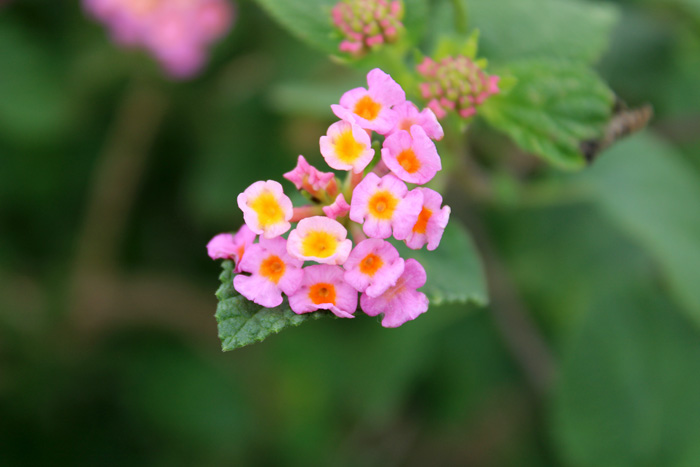
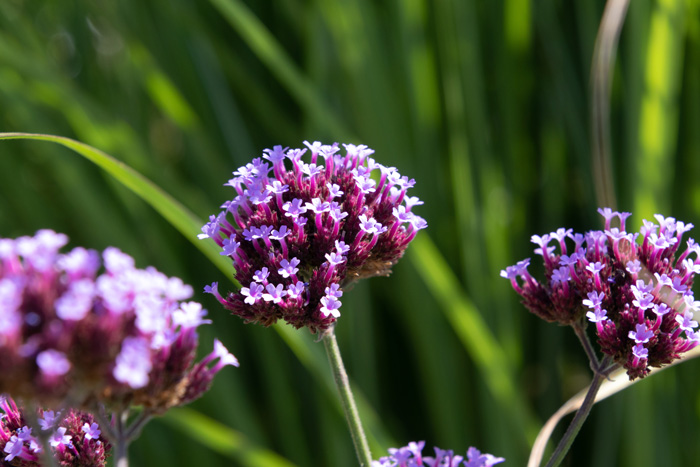
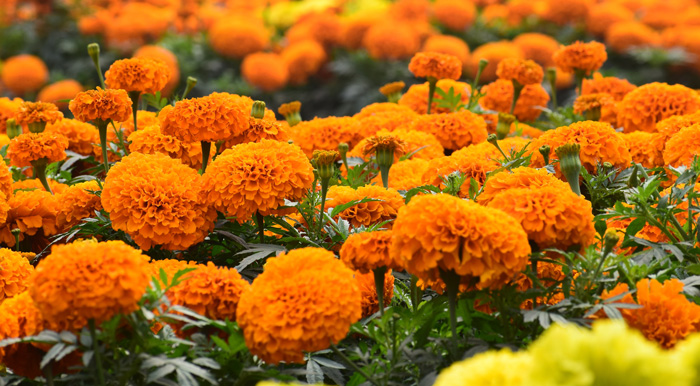
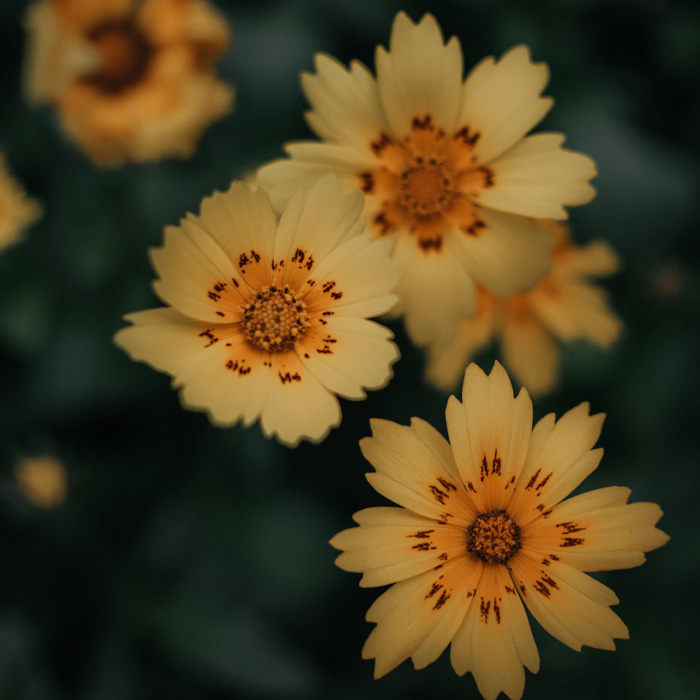
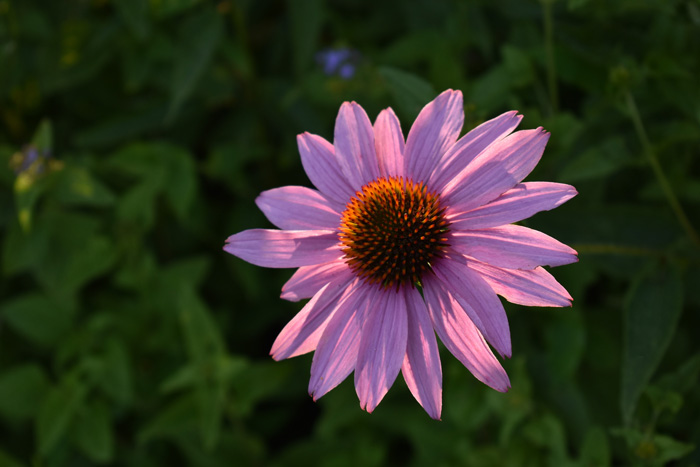
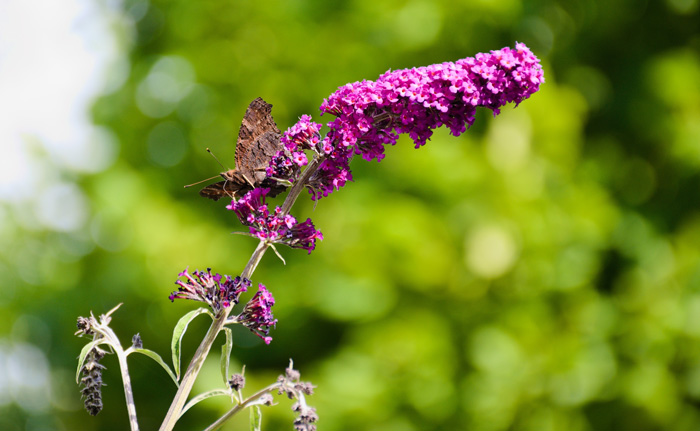
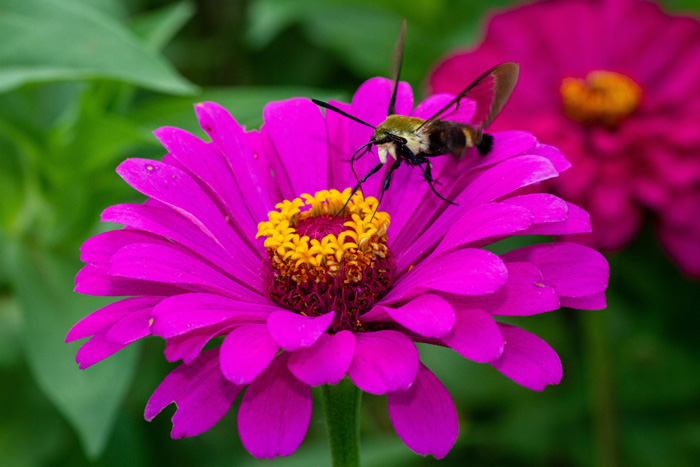




11
0